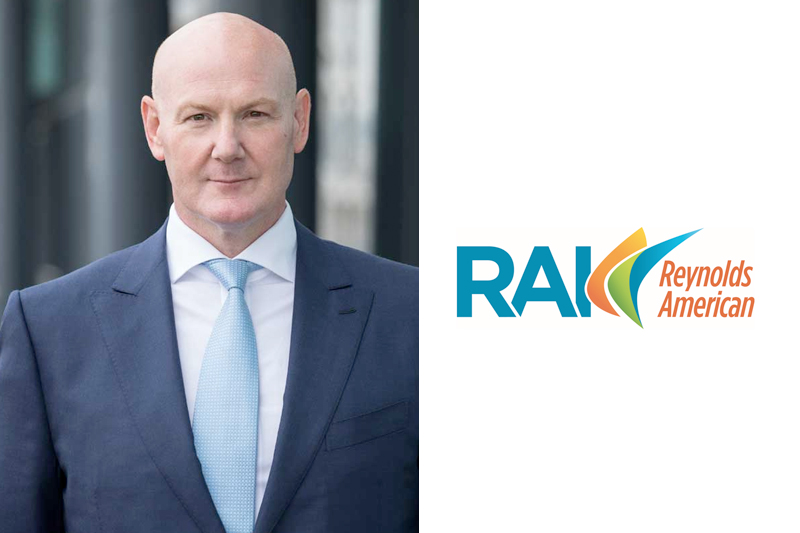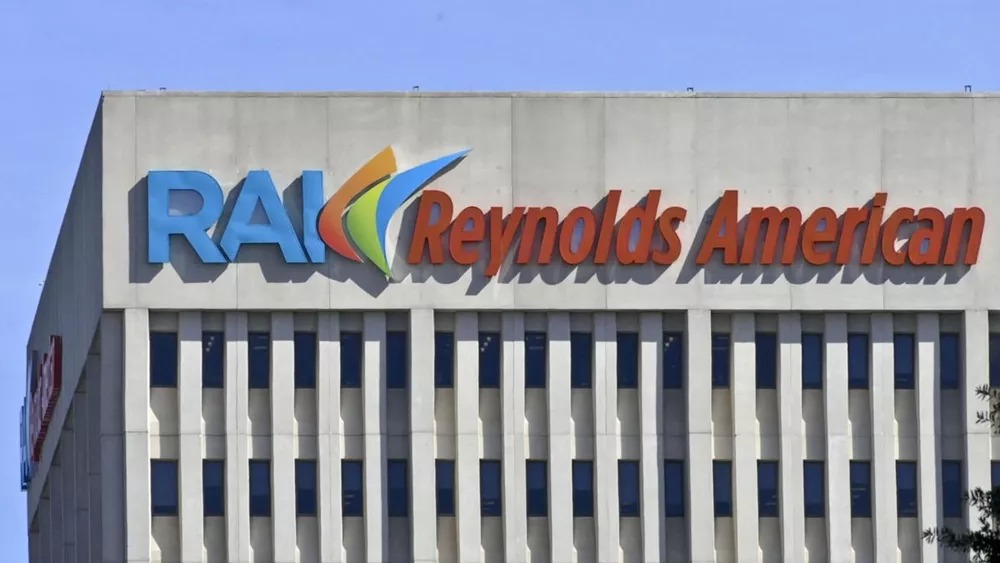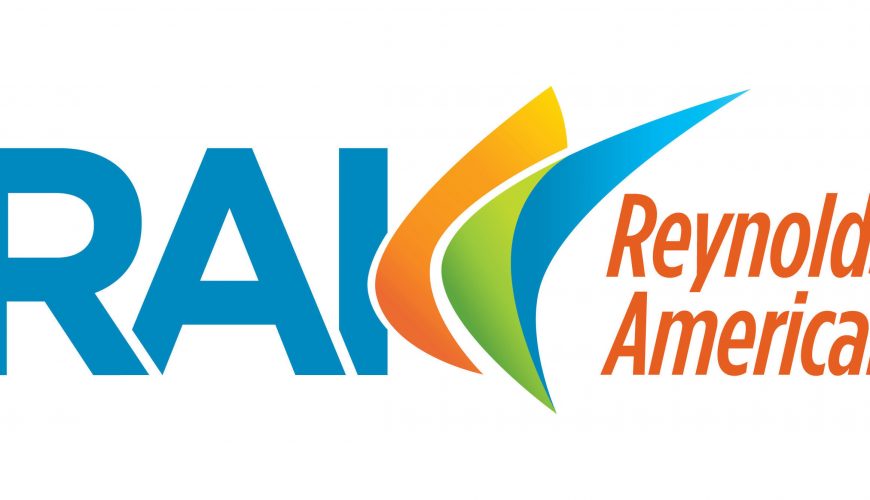Reynolds American (RAI) is the second largest manufacturer of cigarettes in the United States. They sell popular cigarette brands such as Camel, Winston, Doral, Pall Mall, Kool and more.
There has been recent rumors about talks between Reynolds American and Lorillard (LO) (3rd largest cigarette producer in the U.S.) about a possible merger in which Reynolds American would acquire Lorillard. A merger between the two companies would bring about many synergies in manufacturing and administrative work saving the company millions in expenses. However, a merger could be tough coming due to the anti trust laws and the size of these two tobacco companies.
As an owner of both of these companies, I would be on board with a merger between the two companies due to the cost savings benefits that would be achieved saving shareholders money.
With the merger talks, this seems like an opportune time to review Reynolds American.
Dividend Growth and Current Yield
Reynolds American has 10 years of consecutive dividend growth. The company currently pays an annual dividend rate of $2.68. At the close of market on Thursday June 5th 2014, RAI shares were trading for $60.23 per share. This gives the stock of RAI a current dividend yield of 4.45% (2.68/60.23).
Tobacco companies are known for their higher dividend yields due to the fact that they pay out a larger portion of their profits to shareholders. In fact, at times you should be able to grab shares of the tobacco giants while they are yielding over 5% dividend yields.
Actually, the 10 year historical average dividend yield of RAI is 5.85% which indicates that right now may not be the best time to be purchasing shares of this company.
Reynolds American has a 10 year dividend growth rate of 9.89% compounded annually. The company’s most recent dividend increase was 6.35%. Reynolds American has been able to maintain a solid dividend growth rate over the past decade keeping investors happy.
Of course, one concern with tobacco companies is the declining demand for cigarette products due to consumer health concerns. If (and when) this declining demand begins to affect the bottom line of Reynolds American, I would expect to see a much lower dividend growth rate and possibly a dividend freeze or cut. However, declining product demand has been a trend over the past couple decades while these companies continue to roll right along full steam ahead in the dividends and profits departments.

Earnings Per Share Growth
Reynolds American has been doing a great job growing earnings per share for investors. In 2003, RAI had earnings per share of $0.39. In 2013, the company announced EPS of $3.14. This gives the company a 10 year compound annual earnings per share growth rate of 23.19%.
More recently, RAI has grown EPS from 2012 to 2013 by 40.18%.
The trend over the past decade has generally been up for Reynolds American’s earnings per share.
Net Income Growth
Reynolds American has done a pretty good job of net income growth over the past decade as well. The company has a 10 year compound annual growth rate of 29.47% for net income. More recently, they grew net income by 35.22%.
In my opinion, based on looking over the trend of RAI’s net income over the past decade, the company is doing a very good job increasing their bottom line despite challenging market regulation and product demand headwinds.
Sales Growth
While it appears earnings per share and net income growth rates have been pretty good for RAI over the past decade, it isn’t until we review their sales numbers before we start to see the impact of a declining consumer demand for tobacco products on the company. Sales revenues have been growing quite a bit slower for Reynolds American over the past decade. The 10 year compound annual growth rate of sales is just 4.57%. The most recent year sales growth was actually negative at -0.82%.
It is concerning to see a company with low sales growth or even declining sales. In the long run, it is sales growth that will be the driver of net income growth. However, it hasn’t appeared to negatively affect Reynolds American or any of the other tobacco companies over the past decade. I however, have a feeling that trend will have to change at some point in the future. I’m just not sure when that will be.
Outstanding Shares
I like to see a decreasing trend in the amount of shares outstanding. As company’s buy back and retire shares outstanding, it means that fewer shares are available. Each remaining share is now worth a larger piece of the profit pie.
Over the past decade, Reynolds American has actually increased shares outstanding as they’ve expanded the company through acquisitions. If the Lorillard acquisition goes through, shares outstanding will again increase. This will be OK however because they will also be gaining Lorillard’s profits.
Net Profit to Long Term Debt
The net profit/long term debt ratio tells me how many years worth of profits it will take to pay off the current long term debt of the company. I like looking at this metric because it gives me an idea of whether the company has taken on too much debt or not.
Generally I look for this number to be less then 5 meaning if the company used all their earnings over the next 5 years they could wipe out all debt.
For RAI, this net profit to long term debt ratio stands at about 4.01 for 2013. This means that Reynolds American would be able to pay off all their long term debt with a little over four year’s worth of net income. In my opinion Reynolds American has a strong balance sheet and is a very safe company with not too much debt.
Dividend Payout Ratio
The dividend payout ratio measures the dividend per share compared to the earnings per share. How much of a companies earnings per share are they paying out to shareholders in the form of a dividend.
Reynolds American currently has a dividend payout ratio at right around 84%. In general, tobacco companies usually have a higher payout ratio because they are returning most of their profits to shareholders.
Usually I may be concerned with such a high payout ratio but this is common practice within the tobacco industry.
Price/Earnings Ratio
The P/E ratio is a metric I look at to determine if a companies current stock price is too high or within reason. Reynolds American has a current trailing twelve month P/E ratio of 20.84. Typically the market P/E average is right around 14 so compared to the market in whole I might determine RAI to be slightly overvalued.
When looking over Reynolds American’s historical P/E ratios, they have a 10 year historical average P/E ratio of 14.31. Based on this historical average, it would appear that Reynolds American is currently overvalued. This is a similar conclusion I came to by comparing the current dividend yield with historic figures.
It is my opinion that Reynolds American is overvalued right now and patient investors would be better served waiting for a lower entry price before buying shares.
Return Projections
Reynolds American had EPS of $3.14 in 2013. The past EPS growth rate for the cigarette maker has been around 23%. However, we saw that sales revenue growth has been much lower.
Therefore I am going to use a conservative EPS growth rate of 10% over the next 10 years to figure out what 2024 EPS might look like. This gives me an estimated EPS of $8.14 for RAI in 2024.
If Reynolds American stock is trading at a reasonable P/E ratio compared to their history of 15 in 2024 then it will have a market price of $122.25/share (8.14*15). This will give me an estimated annual return for Reynolds American of 7.34% over the next 10 years.
If you would be happy earning a 7.34% return over the next few years along with collecting annually increasing dividend payments, then Reynolds American might be an investment worth considering.
This is a very rough exercise based on growth estimates that may not come to reality. Actual returns in RAI will vary depending on how well the company increases their earnings and how the market values Reynolds American stock in the future.

Recommendation
I’m an owner of Reynolds American stock. I like the company. But I am not purchasing more shares at current price levels nor would I recommend others do so at this time.
My main concern right now with RAI is that I believe they are slightly overvalued and not worth purchasing at current prices.
Another big question mark is what will happen with the merger. While I think a merger with Lorillard will benefit shareholders in the long run, I am not sure how shareholder value will be affected short term. This is a question mark that would keep me on the sidelines until I have a better understanding of what is going to happen.
There are risks with investing in tobacco companies. Smoking is on the decline. Governments are increasing regulations against tobacco products and consumers are becoming more health conscious and smoking less. While these headwinds haven’t seemed to phase tobacco companies much in the recent past, I believe there will be a tipping point sometime in the future where these companies begin to struggle.
Personally, I am OK knowing these headwinds exist. I am fine owning tobacco companies in my portfolio because so far they have proven to be valuable investments. They are very shareholder friendly companies returning a large portion of the profits to shareholders in the form of dividend payments and share repurchases. They also continue to grow their dividends which typically have a higher than average dividend yield.
I am fine owning these companies with the caveat that I will monitor for future negative trends and sell out when I believe the tide is changing for these companies.
In the meantime, I will collect my above average dividend yields and possibly increase my positions only when I believe the valuation is low (which it is currently not).
Do you have an opinion on Reynolds American and the possible merger with Lorillard? Please share your thoughts in the comments below!
Disclosure: I own shares of RAI and LO.
If you haven’t already, make sure to sign up for the free Dividend Growth Stock Newsletter a receive the Free Dividend Growth Investing Guide!

